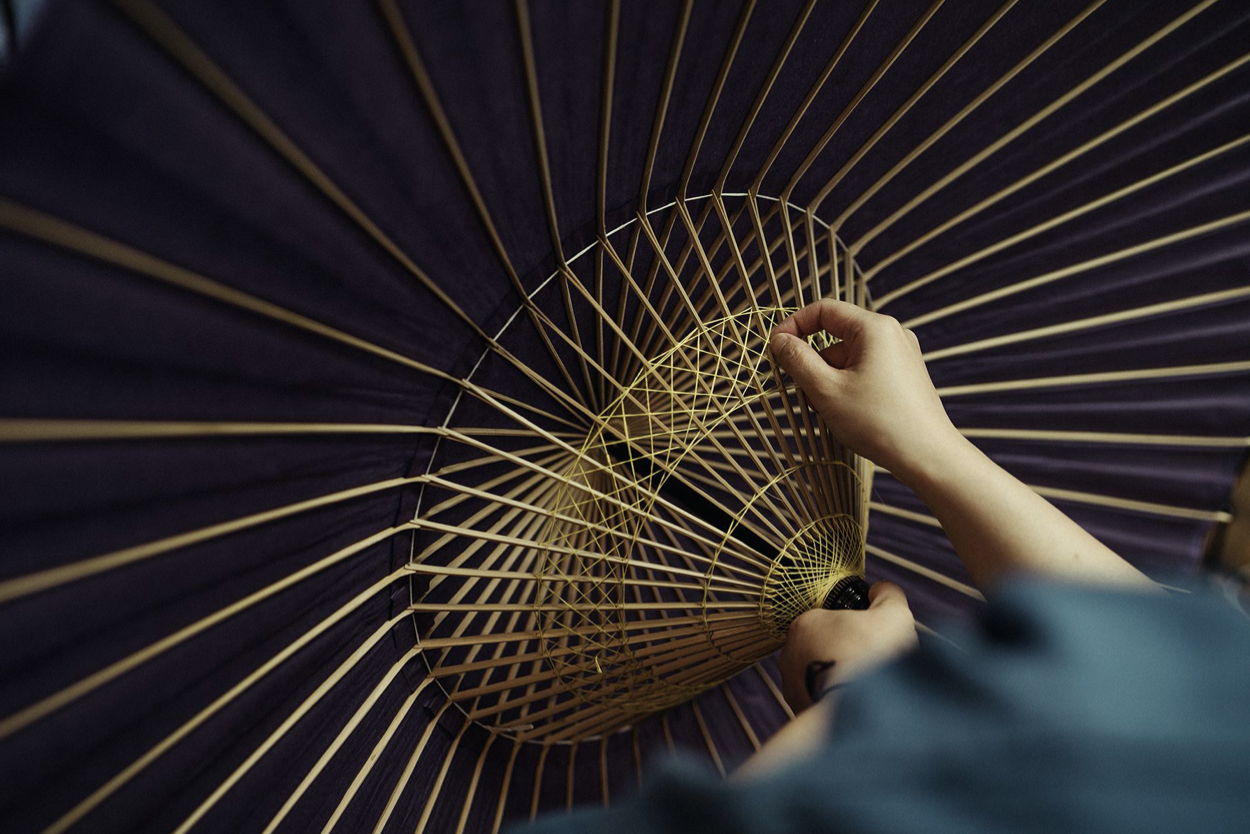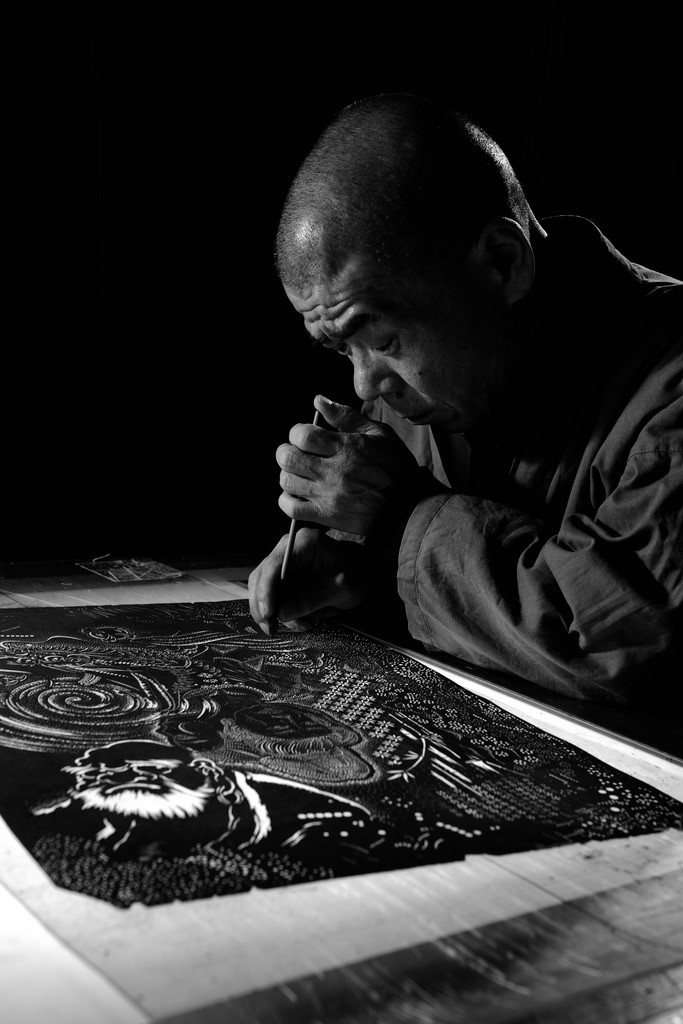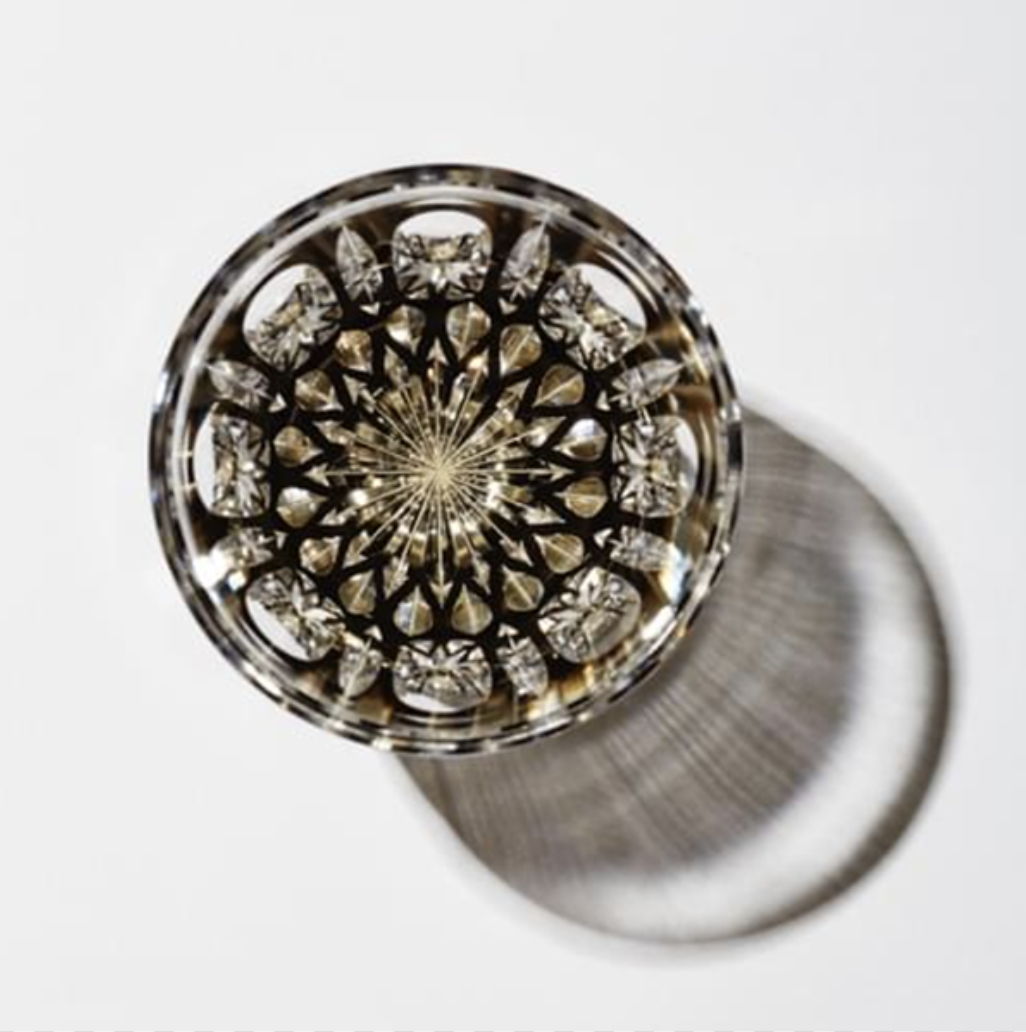

Kotaro Nishibori is the fifth generation head craftsman of Hiyoshiya, the only wagasa (Japanese umbrella) manufacturer in Kyoto. The key to success in a business dealing in tradition in Japan is the unceasing efforts Hiyoshiya makes to continue innovating. Bridging the gap between the traditional techniques, materials and contemporary lifestyles, Kotaro has always strived to connect Japan’s traditional crafts with future generations.
During the Paths to Mastery Online event, Kotaro Nishibori guides you through the ateliers of master craftsmen and introduces you to the masters of Japanese arts and crafts online. Enter the doors of Japan’s hidden ateliers from your home. What makes a travel unforgettable? “Meeting, or even becoming friends with the local people. This guided online tour will make your next real trip to Japan even more exciting.”
This event is finished. We'll post new events soon!
If you are instereted in receiving emails when we schedule new virtual tour events, please contact us here.
We are delighted to announce and invite you to our first opportunity of the online guided tour (Webinar) into Japanese traditional craftsmen's ateliers.
Three guides will guide you online through the following ateliers in Kyoto.
Nanjo Kobo
The only domestic workshop specialized in Narumono Shinbutsugu, a variety of items that make sound used in Buddhism and Shitoism ceremonies. Established more than 180 years ago, a special matal called Sahari, a kind of bronze created in our own formula, is used to make our products. Every production process is necessary and meaningful for a long-lasting, clear tone quality. Each item is hand-made by traditional casting technique using firewood.
In 2019, we established a brand LinNe and developed new collection of bells, whose usage is not limited to religious ceremonies. We also have collaborated with sound artists and composers as well as offered workshops in Apple Store in Kyoto, with an aim to communicate the tone that Nanjo Kobo creates.
linne-orin.com
Horiguchi Kiriko
In 1834, end of Edo period in Japan, Kyūbei Kagaya began incorporating garnet powder into his glass cutting practice. This techniques continued to be developed in Tokyo was defined as the art of Edo Kiriko. In 2002, Edo Kiriko was officially designated as a ‘Traditional Craft’ by Japanese government.
In 1921, Ichio Horiguchi, the first of a lineage of craftsmen to bear the ‘Shūseki’ title, began his apprenticeship. In 2008, as the third master of the Shūseki line, Tōru Horiguchi established Horiguchi Kiriko to be a successor to the artistry and spirit of the Edo Kiriko craft.
At Horiguchi Kiriko, we approach glass with a sincerity. Within the clear brilliance of glass, we are trying to bring out its own beauty in order to give the delight and amazement to our customers. Horiguchi Kiriko safeguards the tradition behind the craft so that we can continue to offer the genuine Edo Kiriko.
kiriko.biz
Nishimura Yuzen Chokoku
Nishimura Yuzen-Chokoku was established in 1938 as a Kyo-yuzen engraving specialist for custom-made Yuzen dyeing factory.
In 1967, Takeshi Nishimura studied under Tomokichi Nishimura to master all the skills of Yuzen engraving, and started Yuzen engraving business.
Nishimura Yuzen Chokoku engraves paper patterns to make various traditional Japanese clothing and accessories. Depending on the methods of dyeing or the usage of the clothing, sometimes it is necessary to make a few to several to hundreds of paper patterns for clothing. All the products are made with those patterns with care.
By using the skills of Yuzen Chokoku, I create arts of Japanese traditional patterns, landscapes patterns, or portrays which inspires a feeling of “a warm heart”, ”comfort”, or “a hear of Japanese”. Now I am working on new style of production and sales to bring his works into our everyday life, and he wishes to create a special paper pattern, which somehow touches our hearts.
nishimura-yuzen-chokoku.com
Hiyoshiya
Manufacturing traditional crafts, Kyo-wagasa for over 160 years, Hiyoshiya continues to take on new challenges while preserving the tradition of Kyo-wagasa. We have expanded into the fields of design lighting and interiors, using natural materials and we continue to propose products and spaces where you can feel the beauty of traditional techniques in modern life.
We hope to redefine the value of the history and culture of Japan in which we live in line with the modern global society, and contribute to the succession of tradition and the development of crafts based on the philosophy of "Tradition is Continuing Innovation".
www.wagasa.com
Agenda
10:00 - 10:05 / Greetings & introduction
10:05 - 10:15 / Nanjo Kobo
10:15 - 10:25 / Horiguchi Kiriko
10:25 - 10:35 / Nishimura Yuzen Chokoku
10:35 - 10:45 / Hiyoshiya
10:45 - 11:00 / Q&A, Closing






